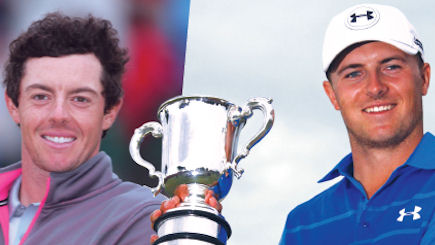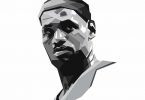This article first appeared in the Jul/Aug 2015 issue of WGM.
There was a time not so long ago when the thought of a golfing world without Tiger Woods had PGA Tour bosses breaking out in cold sweats. For the best part of 20 years, this one man marketing machine has made their jobs easy – the so-called “Tiger Woods effect” having not only sent TV ratings soaring but brought untold riches to the sport as a whole with prize money booming and sponsorship dollars raining down like confetti.
No wonder the powers that be have been growing increasingly nervous in recent years as injuries and off-course distractions have forced Tiger ever further from his once mighty peak. With Woods gone, they have pondered, who could possibly hope to garner anywhere near the same level of interest?
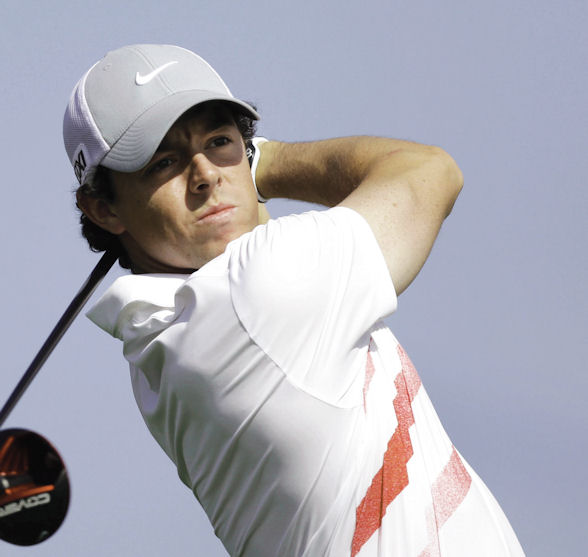
As it turns out, there is hope on the horizon after all with not one, but two contenders – Northern Ireland’s Rory McIlroy and 21-year-old American Jordan Spieth – emerging to carry the flame. And with them comes the promise of a great golfing rivalry not seen since Arnold Palmer and Jack Nicklaus won 25 majors between them through the 1960s and 70s.
Certainly their rise through the ranks couldn’t have come at a better time. In March, Woods officially dropped out of the world’s top 100 for the first time since 1996. In early June he shot a career-worst round of 85 in the third round of the Memorial, eventually finishing last in a field of 71 with his highest ever 72-hole total of 302. Days later the updated world rankings saw him slip even further to 181.
So dramatic has Woods’ decline been that some US sports writers have begun writing his eulogy – the question is no longer how long until he wins his next major but how long he has left on the PGA Tour. Yet it was notable that alongside Woods’ disastrous weekend, the other story to grab headlines from the Memorial was Spieth’s final round 65.
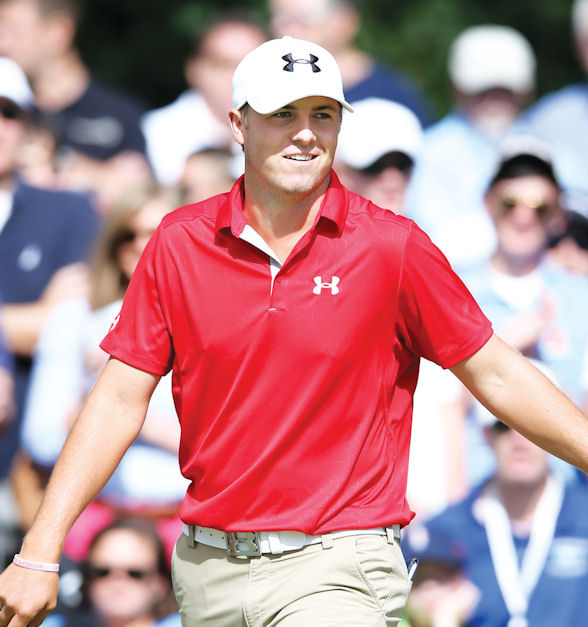
The youngster moved to number two in the rankings following his win at the Masters in April, confirming predictions he was destined to become America’s next great sporting star, and has made no secret of his desire to challenge McIlroy for top spot over the next 12 months.
“The ultimate goal that I have is try to become the number one player in the world,” Spieth said in the wake of his Augusta triumph. “I’m still behind [McIlroy] at the moment so I’m still chasing that goal. It’s going to be very difficult, but to be a large step closer is huge.
“As far as a rivalry right now, I look forward to getting in the heat of the moment with him a couple times in the near future and see if we can battle it out and test our games.”
Golf has been crying out for a rivalry of this nature. When Woods reigned supreme, the desperate search for a challenger often saw Phil Mickelson’s name thrown up as the man to stake a claim, but it was never really a contest. Despite boasting five majors of his own, Mickelson has never managed to hold the number one ranking while Woods’ total of 693 weeks at the top is more than twice as many as any other player.
McIlroy is quickly moving up that list, however. Still just 26, he isn’t far off 90 weeks at number one and will almost certainly become just the third man to reach triple figures behind Woods and Greg Norman. None of which comes as any great surprise given his impressive feats since turning pro in 2007.
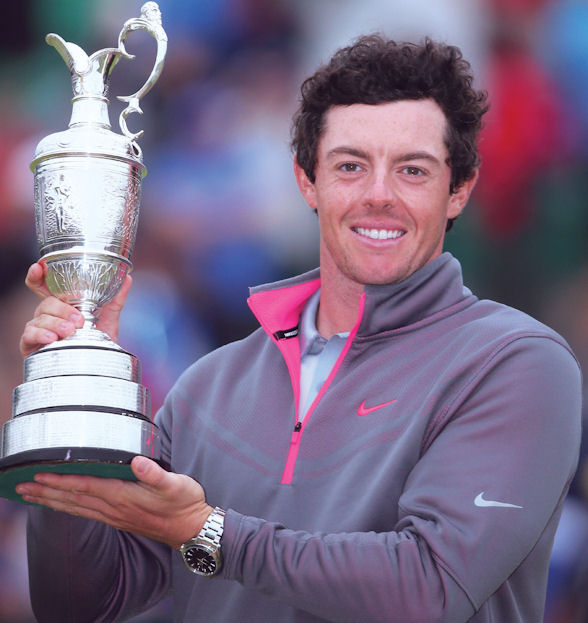
McIlroy became the youngest player ever to reach €10 million in career earnings on the European Tour at the age of 22 and the youngest to reach US$10 million on the PGA Tour at 23. He has also proved to be untouchable when playing his best. At the 2011 US Open, McIlroy set a new tournament record for the lowest 72-hole total at 16-under on his way to a first career major, then added a second at the 2012 US PGA by a tournament record eight stroke margin.
Two more majors – the British Open and his second US PGA title – followed in 2014, the first of those seeing him join Woods and Jack Nicklaus as the only men to have won three majors by the age of 25. Both majors came in the midst of a memorable month in which McIlroy won three PGA Tour events in a row, joining Woods, Vijay Singh, David Duval and Tom Watson as the only men to have done so since 1980.
Spieth’s achievements are similarly impressive, particularly given he is a full five years younger than McIlroy. And it’s hard to miss the series of career parallels with Woods along the way, starting with his victories at the US Junior Amateur in 2009 and 2011 which saw him join his childhood hero as the only multiple winners of the event.
In 2010, a 16-year-old Spieth was granted a rare amateur exception to play in his first PGA Tour event at the Byron Nelson Classic where he not only made the cut but finished an impressive 16th. Two years later he played his first major at the US Open and again performed well to finish 21st and as the highest-placed amateur.
In 2013, Spieth became the fourth youngest player to win a PGA Tour event with victory at the John Deere Classic and in 2014 very nearly surpassed Woods as the youngest ever US Masters champion. Playing Augusta for the first time, Spieth led by two strokes at one stage early in the final round before eventually finishing runner-up to Bubba Watson.
Undeterred, he finished the year by winning the Australasian PGA followed by the Hero World Challenge a week later where he set a new tournament scoring record of 26-under.
Spieth’s unwavering consistency has really come to the fore in 2015. Victory in the Valspar Championship in March was followed by consecutive runner-up finishes in the Texas Open and Houston Open, however he made his biggest statement at the Masters where he became the first wire-to-wire winner in 39 years. Spieth’s score of 18-under saw him equal the record set by Woods in 1997 as well as setting a new mark for most birdies in the tournament with 28. He also claimed the one major still to elude McIlroy, although the world number one managed to record his best Masters result with a final round 66 to finish fourth.
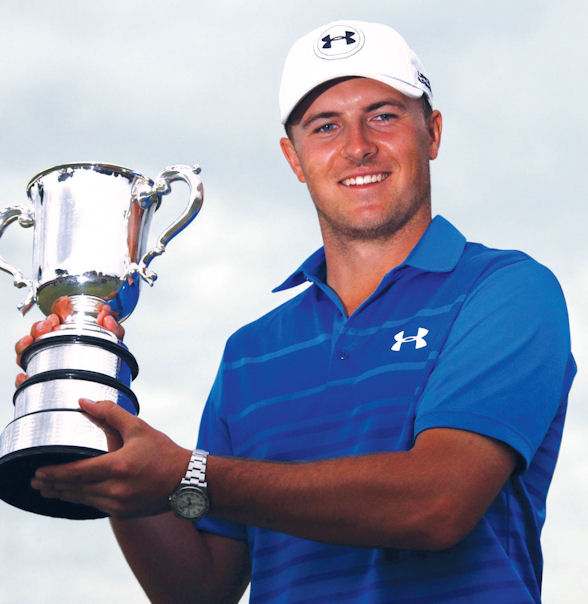
Two attributes stand out above all else when looking at what McIlroy and Spieth have already achieved. Most obvious is the fact that both are still so young. McIlroy’s first victory at a major came when he was 22; Spieth’s when he was just 21. By comparison, six-time major winner Nick Faldo won his first when he was 30. Seve Ballesteros broke his duck at 32. Vijay Singh didn’t get started until he was 35. Even Mickelson was 34 when he won the first of his five.
The second attribute is the crushing manner in which McIlroy and Spieth have secured many of their wins – breaking all sorts of scoring records along the way. Both can be credited to Woods.
Just as Michael Jordan revolutionized the NBA, Tiger is a cultural icon and as such has broadened golf’s appeal by attracting a much younger audience. Where once the world’s best players wouldn’t reach their prime until their 30s and 40s, Woods was just 20 when he burst onto the scene – announcing his arrival by signing a series of record-breaking endorsement deals.
Tiger’s association with brands such as Nike brought a new sense of style to professional golf while new and old audiences alike marvelled at his ruthlessly dominant performances. Before he came along, the idea of one player trampling his rivals so emphatically, so often, was inconceivable. Woods made it look easy.
He won his first Masters by a massive 12 strokes and his first US Open by 15 strokes; has produced incredible runs of seven tournament wins in a row as well as six in a row and five in a row; became the youngest player to have won all four majors (at just 24) and is the only man ever to have held all four at the same time.
Woods’ unique talents ultimately inspired a new generation of golfers, with recent studies having demonstrated a huge increase in the number of players shooting sub-par scores compared to the pre-Tiger era. It was from this mold that McIlroy and Spieth emerged.
The impact he has had on every facet of the golfing world will never be matched and if we are indeed witnessing the end it will be far from the farewell he deserves.
But you only have to look at McIlroy and Spieth – both of whom grew up idolizing Woods and represent better than anyone the philosophies he espoused – to see that a piece of Tiger still sits on top of the world.
Best of all, their battle has just begun.

